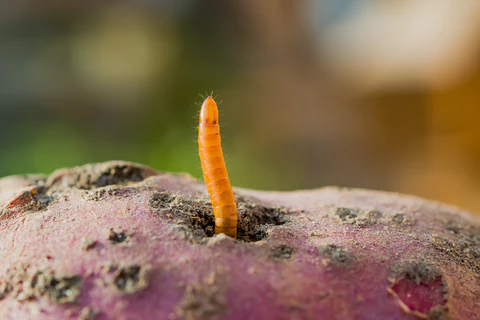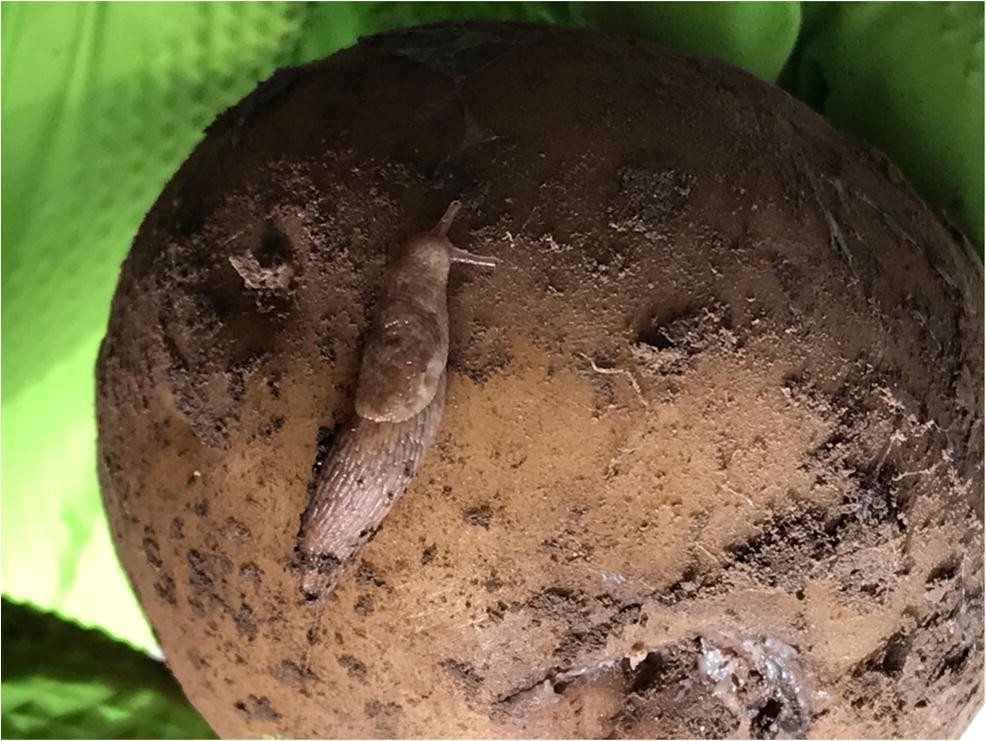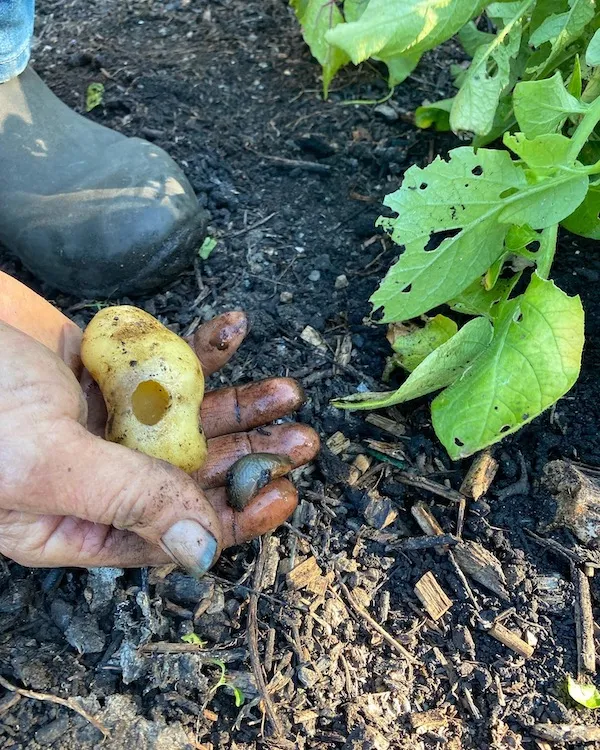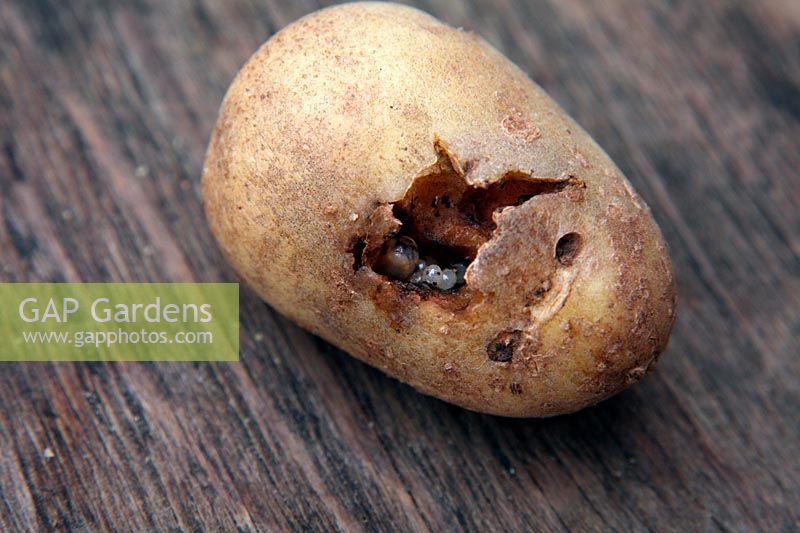Growing healthy, bountiful potatoes requires effort, but for me, the biggest challenge is the relentless battle with slugs. Despite years of hard work—amending my soil with compost, grass clippings, and green manures to transform heavy clay into rich, crumbly loam—slugs consistently threaten my potato crop.
Slugs are especially drawn to larger potatoes, which means that a promising harvest can quickly turn disappointing. While some tubers show only small surface holes, cutting them open reveals deeper damage—often hollowed-out potatoes filled with slugs. The sight of ruined potatoes can be incredibly frustrating, but the issue doesn’t end there.
The Role of Wireworms
While slugs are the primary culprits, wireworms, the larvae of click beetles, also contribute to potato damage. Wireworms tunnel through tubers, creating access points for slugs to enter. If you’re gardening in an area surrounded by grassy lawns, you’re likely dealing with wireworms as they thrive in these environments, feeding in the soil for up to four years before maturing into click beetles. These beetles then lay their eggs in the grass, continuing the cycle.
To combat wireworms, you can use Heterorhabditis bacteriophora nematodes, a biological control, though this option can be costly. A more budget-friendly method is to set wireworm traps. Simply dig small holes, place a potato or carrot chunk in each, and mark their locations. After a few weeks, dig up the traps and remove any wireworms, which can be fed to birds or chickens. Exposing your soil before planting also helps, as it can allow birds to hunt for wireworms and slug eggs.

Choosing Slug-Resistant Potato Varieties
If slugs are a persistent problem, one solution is to choose early-maturing potato varieties. Early potatoes are less affected by slugs, while late-season varieties tend to be more vulnerable. In my own experience, I experimented by harvesting late varieties earlier than usual in hopes of reducing slug damage.
I grew ‘Maris Piper’ and ‘Pentland Dell’ together, and the results were eye-opening. ‘Maris Piper’ proved highly susceptible to slug damage, with half the crop ruined, leaving hollowed-out, blackened potatoes. However, ‘Pentland Dell’ fared much better, with only minimal damage from wireworms and slugs. This variety’s tubers also grew deeper in the soil, possibly protecting them from slugs that typically roam closer to the surface.

Additional Tips to Combat Slug Damage
Slugs thrive in damp conditions, so managing moisture is key. Watering your potatoes early in the day, allowing the soil to dry out before evening, can help reduce slug activity. If you’re looking for natural slug control, Phasmarhabditis hermaphrodita nematodes can be effective, though they can also be expensive. Alternatively, you can set up beer traps, which lure and drown slugs in a cheap yet effective way. Just remember to place them before slugs begin feeding on your potatoes.
Organic slug pellets are another option but should only be used as a last resort. For an even more practical solution, growing potatoes in containers can help minimize slug issues. While it’s a more costly option due to the need for potting soil, container-grown potatoes are less likely to fall victim to slugs and wireworms.

In conclusion, preventing slug damage to your potatoes requires a mix of careful planning, early harvesting, choosing the right varieties, and using natural or low-cost control methods. I plan to continue growing ‘Pentland Dell’ and exploring other slug-resistant varieties in the future. Have any of you found success with different varieties? Let me know!
